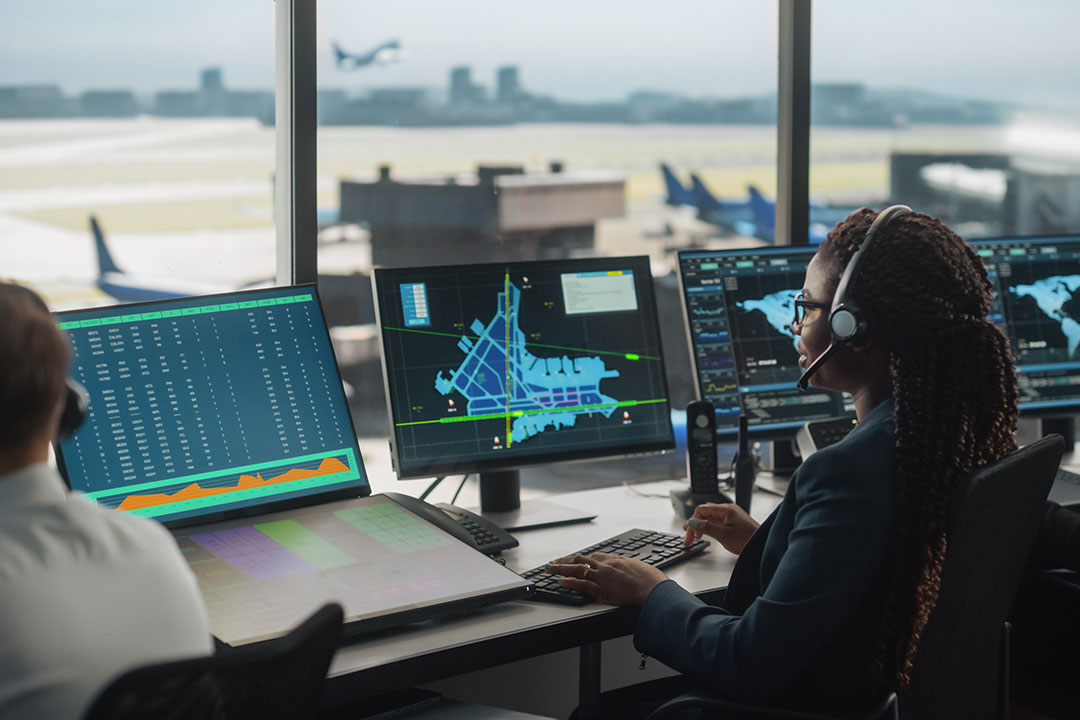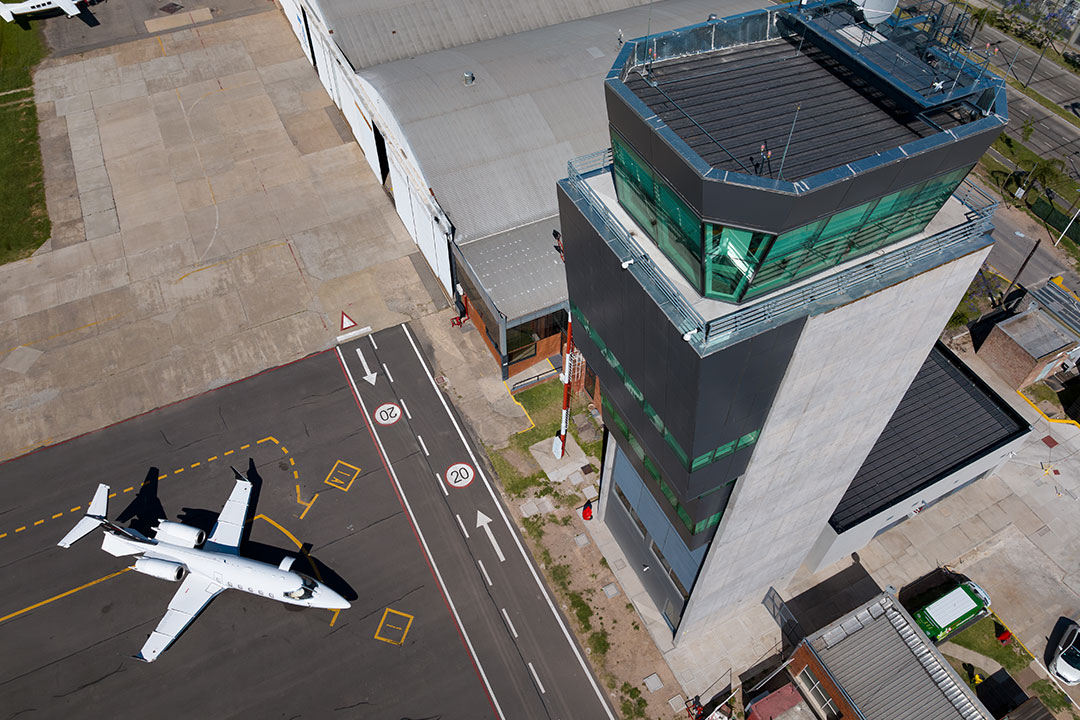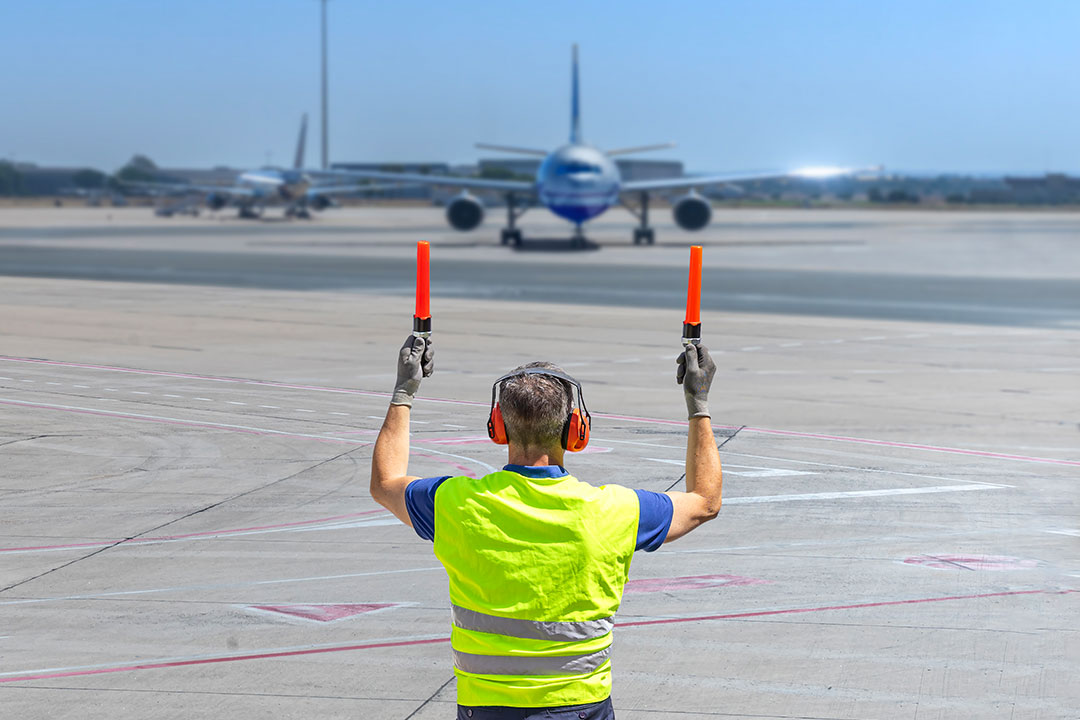The federal government shutdown strain on air traffic controllers is evident as they perform essential work without pay, while rising sick calls, reduced support, and cascading delays cut capacity at busy hubs. Controllers remain at safety critical positions without regular pay as the Federal Aviation Administration (FAA) furloughs thousands of support staff, a mix that weakens resilience in the National Airspace System (NAS).
What is happening inside FAA facilities

Air Traffic Controller with Headset Talk on a Call in Airport Tower.
The Department of Transportation stated the FAA would furlough more than 11,000 employees during the funding lapse. Air traffic controllers and many inspectors are deemed essential and must work without timely pay.
Meanwhile, unions and industry groups urged Congress for a quick resolution, citing jeopardized modernization and a fragile workforce already understaffed.
Why controllers working unpaid creates compounding operational risk

Aerial view of an airport with planes parked on the runway next to the control tower.
Controllers manage separation, sequencing, and sector hand offs in complex airspace where the margin for error is small. When a federal government shutdown forces essential personnel to work unpaid, stress and distraction increase as the support system weakens. Rising sick calls and delays aligns with warnings that normal staffing buffers are gone.
On the tarmac and in the air, this results in fewer arrival and departure slots, more ground delay programs, and rerouted flights that use extra time and fuel. Transportation officials publicly quantified the shift, noting a much larger share of delays is now due to staffing versus typical baselines.
Training, certification, and modernization feel the knock on effects
Even as the FAA Academy continues limited operations, the pipeline from trainee to certified professional controller is delicate and time intensive. Classroom sessions, on the job training, and facility certifications must stay synchronized.
How the strain spreads across airports and airlines

Marshaller in PPE guiding aircraft on runway
Airlines have been direct about the operational knock on effects. The industry’s trade group urged ending the federal government shutdown, citing increased delays and safety concerns as unpaid federal work continues for controllers and TSA officers. The appeal emphasized system resilience.
Airports with heavy traffic and complex weather feel the mix of ground delay programs and staffing driven rate reductions most acutely. Heavily affected airports highlight ripple effects stretching far beyond any single metro area.
Key factors travelers and stakeholders should monitor
- Pay cycle milestones: The point when controllers receive partial or zero paychecks often coincides with spikes in sick calls and delay minutes.
- Staffing attribution in delay data: When staffing becomes a primary cause of delays, airport acceptance rates fall and schedule completion suffers.
- Facility level constraints: When a tower or center lacks certified personnel for a shift, traffic management initiatives escalate.
- Long term pipeline health: Hiring, rating, and equipment modernization delay compounds future delays and capacity constraints.
Policy signals to watch in the coming days

Air Traffic Controller with Headset Talk on a Call in Airport Tower.
Congressional action on interim funding would immediately restore regular pay and restart furloughed support functions, but scars on morale and training cadence will persist without sustained attention. Legislative efforts to guarantee pay during shutdowns gained traction as the funding impasse extended and workers missed paychecks.
Recent Senate votes left competing pay proposals stalled, leaving unions, airports, and airlines to plan around persistent uncertainty while urging a continuing resolution.
A System Under Stress
The government shutdown has placed the U.S. aviation system under significant strain. This stems from air traffic controllers working without pay, which leads to increased delays and heightened safety concerns. The immediate effects of fewer flights, cascading delays, and a stretched thin workforce are compounded by long term risks to training and modernization.
Until a funding resolution is reached, these disruptions will continue to ripple across airports and airlines, impacting both daily operations and the future health of the National Airspace System.

